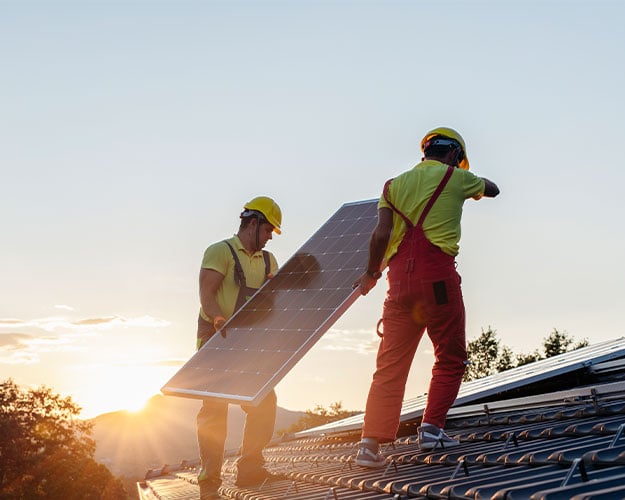Key Takeaways
- The Inflation Reduction Act extends the 45L New Energy Efficient Home Credit to December 31, 2032.
- The credit can be worth up to $5,000 per unit.
- The 45L tax credit extension offers a ten-year window of certainty, allowing developers to strategically plan and maximize benefits through careful consideration of eligible projects.
The Inflation Reduction Act incentives energy efficient projects for numerous organizations, including home builders and multi-family property developers. Part of this focus on energy incentives is the extension of the Section 45L New Energy Efficient Home Credit. The credit, previously scheduled to expire in 2021, is now extended through December 31, 2032.
What is Section 45L Credit?
45L provides a tax credit of up to $2,000 for each qualified energy efficient residential dwelling unit placed in service prior to 1/1/2023, and up to $5,000 per unit for projects placed in service between 12/31/2022 and 1/1/2033.
The extension of the 45L tax credit provides 10 years of certainty (through 2032), allowing for more proactive planning.
Residential properties potentially qualifying for the credit include single family and multifamily residences. Properties placed in service after 12/31/2022 are no longer subject to the 3-story height restriction.
What are the Benefits of Section 45L?
Section 45L allows developers to offset the costs associated with building energy-efficient single family or multifamily properties. It provides a dollar-for-dollar offset against taxes owed or paid in the tax year in which the property is sold or leased.
Benefits of claiming the 45L credit include:
- Increase in housing equity
- Cost-offset for purchasing energy-efficient building materials
- Increased marketability of finished properties
- Design and build sustainably
- Tax savings
- Ability for accounting/tax departments to incorporate the benefit into a Capitalization Policy and Fixed Asset Ledgers
- Contribute to an organization’s Environmental, Social and Corporate Governance (ESG) initiatives
Who Can Receive 45L?
The credit is available to an eligible contractor who constructed or substantially rehabilitated an energy-efficient residential dwelling unit in the United States that was first occupied in a qualifying tax year. 45L is a general business credit subject to certain tax liability limitations and carryover requirements.
Beginning in 2023, developers of qualifying affordable housing projects can claim the 45L credit without lowering the eligible basis of the Low-Income Housing Tax Credit (LIHTC) credit.
How Do You Qualify for 45L?
A qualified individual conducts a study of the eligible unit(s), calculating the energy savings over the applicable energy efficiency standard using Department of Energy-approved software.
A site visit (or multiple site visits) is required to verify the energy efficient components of the property. If the project is pursuing DOE Zero Energy Ready Homes (ZERH) program certification, additional reporting is required.
A Real-World Example
Eide Bailly advisors worked with a townhome complex owner to obtain the 45L tax credit. The complex was comprised of 56 units and included energy-efficient mechanical systems and building envelopes. By gathering the necessary information and completing the certification, the client received over $112,000 in credits on their current-year tax return (56 units x $2,000/unit).
Are Refunds Available for 45L?
The recent extension of the 45L tax credit ensured there was no lapse in the availability of the credit. The extension covers qualified residential dwelling units first occupied prior to January 1, 2033, and in an open tax year. Claims for refunds via amended returns can be considered for prior tax years.
Maximize Energy Efficiency Opportunities For Your Organization
Available business credits and incentives can allow organizations increase their cash flow and reduce their tax liabilities. 45L is a great opportunity for construction entities, exempt organizations, and multi-family property developers to invest in energy efficient spaces.
However, it’s important to understand the credit’s qualifications in order to receive the full benefit. A strong team specializing in energy efficiency incentives can help you maximize this opportunity.
The Impact of New Tax Legislation on Energy Efficiency Incentives

Business Credits & Incentives
Benefit from available tax credits and deductions to help maximize tax savings.
Who We Are
Eide Bailly is a CPA firm bringing practical expertise in tax, audit, and advisory to help you perform, protect, and prosper with confidence.


